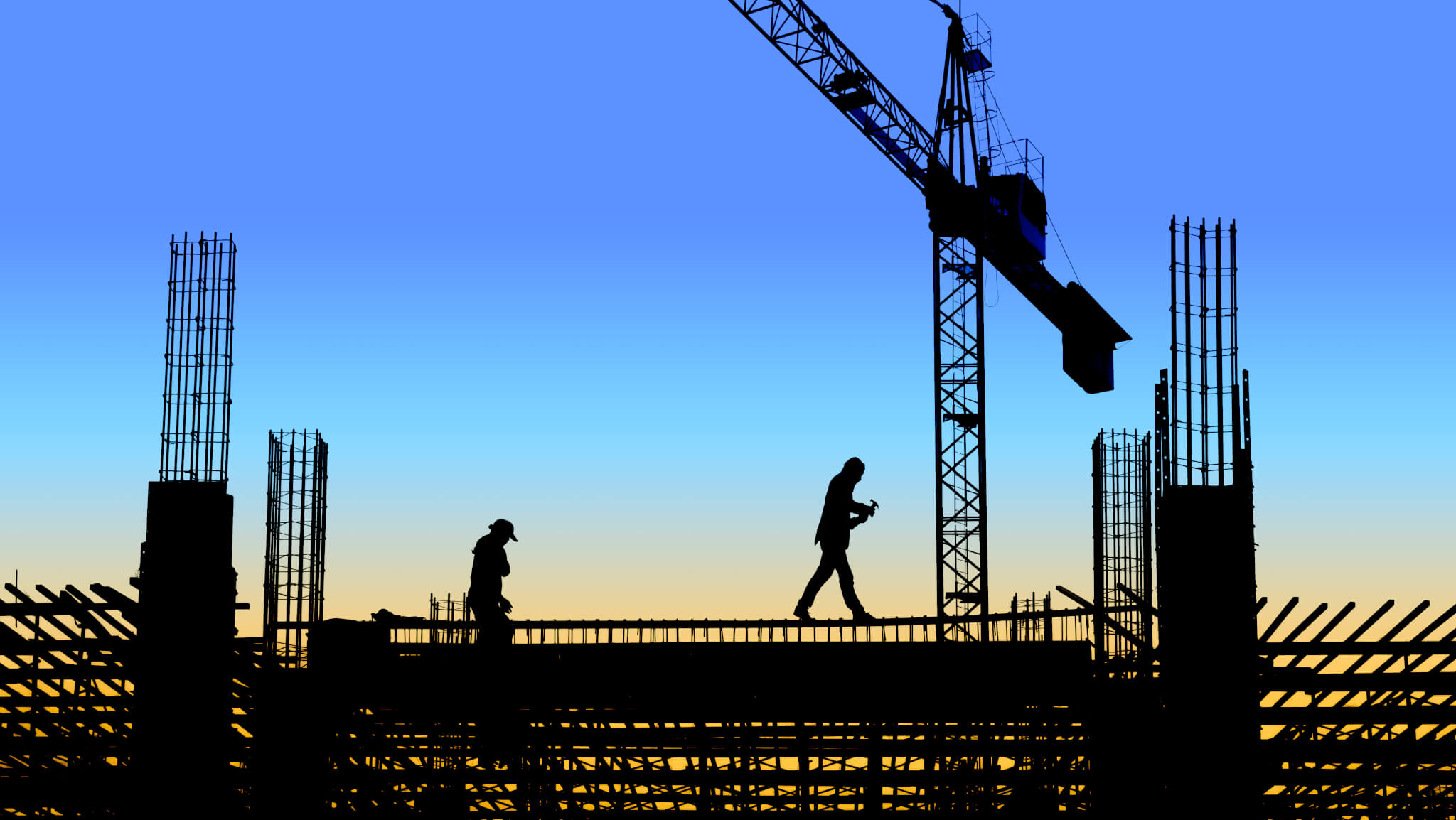November 30,2022
Claims for defective construction are very common in the construction industry and can result in costly litigation with extensive discovery required and often the employment of expert witnesses. An effective way to reduce the risk of claims for defective construction is for any defects to be corrected as soon as they are identified. Of course, this requires that the defects are discovered during or soon after construction has been completed. While many defects are extremely difficult or impossible to identify within this timeframe, diligence by all parties in ensuring the work is performed correctly and properly inspected can reduce the number of later claims.
The A201- 2017 General Conditions of the Contract for Construction separates correction of work into two categories: Before Substantial Completion and After Substantial Completion. The former category is fairly straightforward; if the architect rejects work by the contractor or the work fails to conform with contract documents, the contractor is obligated to promptly correct such work. The costs for correcting the work are the contractor’s responsibility. These costs can include additional testing and inspections, uncovering the defective work, and compensation for the architect’s services.
The second category for correction of work applies to a period following substantial completion. This period runs from one year following substantial completion of after the date for the commencement of warranties established by the agreement. If the owner discovers work that is not in compliance with the contract documents during this period, the owner is required to notify the contractor. Notification of the defect during the one-year period obligates the contractor to promptly correct it. The only exception to this exists if the owner has previously given the contractor written acceptance of the claimed defect. If the owner identifies a defect needing correction during the one-year period but fails to notify the contractor and give the contractor an opportunity to correct it, the owner loses the right to have the contractor correct it. Additionally, the owner also waives the right to make a claim for breach of warranty against the contractor.
It is important to note that the above provisions do not apply and have no impact on defects discovered following the one-year period. Claims regarding defects following the one-year period are governed by the limitations and repose statutes established by the state in which the project is located. In such a situation it is advised that you consult with an attorney regarding the timeliness of the claim.
Once again, it’s nearly impossible to discover all defects or nonconforming work during construction or the one-year period following substantial completion. However, the more such work that is discovered and corrected during this timeframe will reduce the costs of dealing with it later. The added expense of properly inspecting the work and correcting that which is defective greatly outweighs the potential costs of litigation down the road.
AIA Contract Documents has provided this article for general informational purposes only. The information provided is not legal opinion or legal advice and does not create an attorney-client relationship of any kind. This article is also not intended to provide guidance as to how project parties should interpret their specific contracts or resolve contract disputes, as those decisions will need to be made in consultation with legal counsel, insurance counsel, and other professionals, and based upon a multitude of factors.

